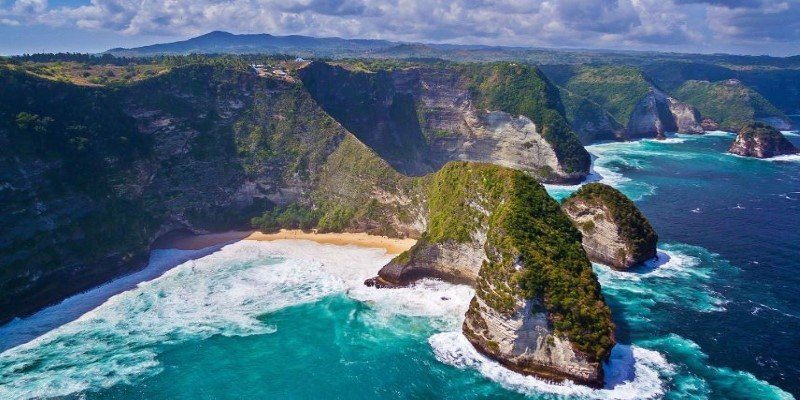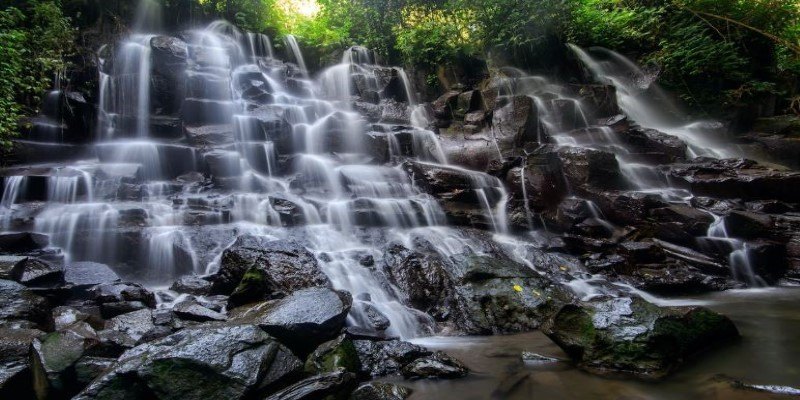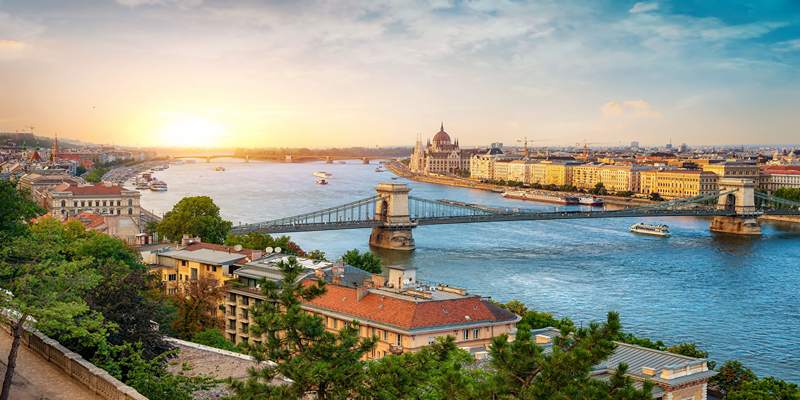Introduction
Canary Island Fuerteventura is famous for its beautiful scenery, long beaches, and daring people. It's the perfect place to get away if you want to rest and have fun at the same time. Fuerteventura has something special for every tourist, whether they're interested in the world-famous sailing scene, the peaceful coves, or the volcanic trails.
Beaches: The Soul of Fuerteventura
The island’s beaches are among its most iconic features, each offering something unique for visitors.
1. Playa de Sotavento
Stretching for miles, Playa de Sotavento is a dream for windsurfing and kiteboarding enthusiasts. Its shallow lagoons provide ideal conditions for beginners and experts alike. If you’re not into water sports, the golden sands and peaceful surroundings make it perfect for sunbathing or long walks.
2. Corralejo Natural Park Beaches
Located near the charming town of Corralejo, these beaches combine towering dunes with crystal-clear waters. It’s a must-visit spot for those looking to capture Instagram-worthy views or relax in a pristine environment. Early mornings are especially serene here.
3. Cofete Beach
This remote gem on the Jandía Peninsula offers a raw, untamed beauty. The journey to Cofete is an adventure in itself, involving rugged paths, but the dramatic scenery is well worth it. Strong currents make swimming unsafe, but the expansive views are unforgettable.
Activities: Fuel Your Adventurous Spirit
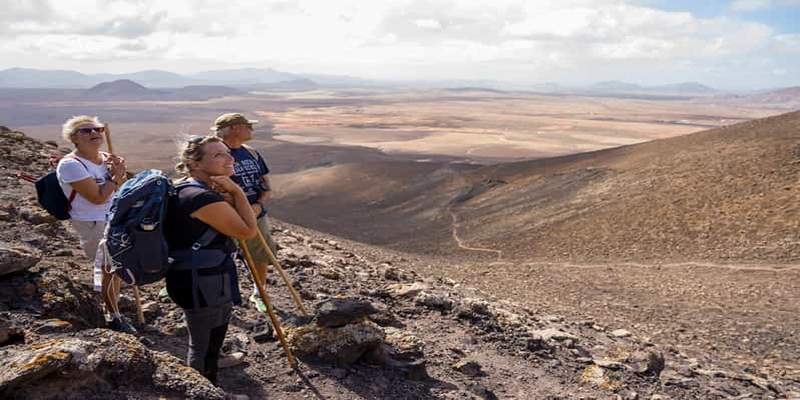
Fuerteventura’s natural elements create the perfect playground for outdoor enthusiasts.
- Windsurfing and Kiteboarding: Known as one of the world’s premier spots for wind sports, Fuerteventura hosts international competitions annually. Centers like René Egli offer lessons for all levels, ensuring you can ride the wind even if you’re a beginner.
- Volcanic Hiking: The island’s volcanic terrain is a hiker’s paradise. Trails like Calderón Hondo offer manageable climbs and rewarding views of craters and the surrounding landscapes. Guided tours provide insights into the island’s geological wonders.
- Snorkeling and Diving: Explore the underwater world around Fuerteventura, home to colorful reefs and diverse marine life. Lobos Island, a short boat ride away, is particularly popular for snorkeling and diving excursions.
- Sandboarding in Corralejo: For a unique adventure, try sandboarding down the dunes of Corralejo Natural Park. Rentals and guided tours are available, making it an exciting activity for all ages.
- Yoga Retreats: The island’s peaceful ambiance and stunning vistas make it an ideal destination for yoga enthusiasts. Join a retreat or simply practice on the beach to rejuvenate your mind and body.
Where to Stay: Accommodation Options
Fuerteventura caters to a variety of travelers, offering accommodations that range from luxurious resorts to cozy rural stays.
- Luxury Resorts: For a premium experience, consider beachfront resorts in areas like Costa Calma or Corralejo. These properties often feature pools, spas, and gourmet restaurants.
- Boutique Hotels: Smaller, stylish hotels in towns like Lajares offer a more intimate experience with personalized service. These are great for couples or solo travelers seeking tranquility.
- Rural Villas: For a more secluded stay, rent a villa in the countryside. Many come equipped with private pools and stunning views of the volcanic landscapes.
- Surf Lodges and Hostels: Perfect for budget travelers, these accommodations provide a community vibe. Many surf lodges also offer lessons and equipment rentals for water sports.
Savor the Flavors: Fuerteventura’s Culinary Delights
The island’s cuisine is a fusion of Spanish and Canarian influences, making it a treat for food lovers.
- Fresh Seafood: Try locally caught fish, calamari, or prawns at beachside eateries. Grilled fish paired with papas arrugadas (wrinkled potatoes) and mojo sauce is a classic dish.
- Majorero Cheese: Made from goat’s milk, this award-winning cheese is a Fuerteventura specialty. Enjoy it fresh, aged, or even fried for a delicious snack.
- Gofio: This traditional roasted grain dish is served as a side or used in desserts. It’s a staple of Canarian cuisine and worth trying.
Best Time to Visit Fuerteventura
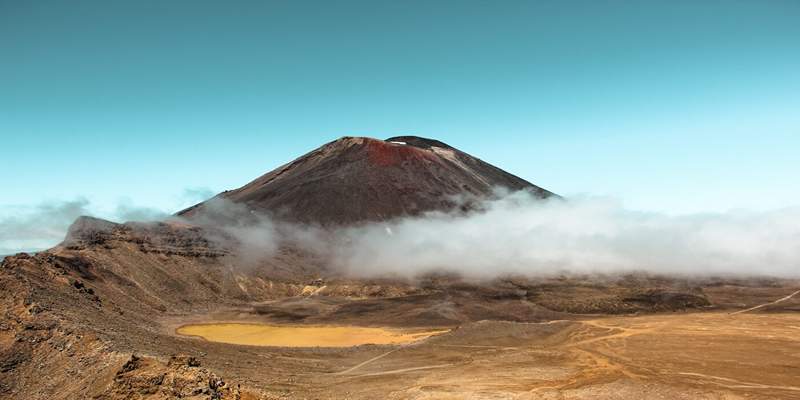
The island’s mild climate makes it a year-round destination, but the best time to visit depends on your preferences.
- Spring (March to May): Pleasant temperatures and fewer crowds make this an ideal time for hiking and exploring.
- Summer (June to August): This is the peak season for wind sports, with consistent winds attracting kiteboarders and windsurfers from around the globe.
- Autumn (September to November): Warm waters and quieter beaches make autumn perfect for snorkeling and relaxation.
- Winter (December to February): Mild winter temperatures attract those escaping colder climates. It’s also a great time for yoga retreats and stargazing.
Tips for Traveling to Fuerteventura
Make the most of your trip with these practical tips:
- Rent a Car: Public transportation is limited, and a car gives you the freedom to explore remote beaches and trails at your own pace.
- Protect Yourself from the Sun: The island’s winds can make the sun feel less intense, but sunscreen, sunglasses, and a hat are essential.
- Stay Hydrated: Carry a reusable water bottle to keep hydrated, especially during outdoor activities.
- Learn Basic Spanish: While English is commonly spoken in tourist areas, a few Spanish phrases will enhance your interactions with locals.
- Respect Nature: Stick to marked trails and avoid disturbing wildlife to help preserve Fuerteventura’s natural beauty.
Conclusion
Fuerteventura is a destination that seamlessly blends adventure and tranquility. Its windswept beaches, volcanic landscapes, and vibrant waters offer something for every traveler. Whether you’re gliding across turquoise waves, hiking scenic trails, or indulging in local flavors, the island promises memories that will last a lifetime.
Escape to Fuerteventura, where the winds of fortune guide you to a world of wonder. Pack your bags, embrace the breeze, and let this Canary Island enchant you.



